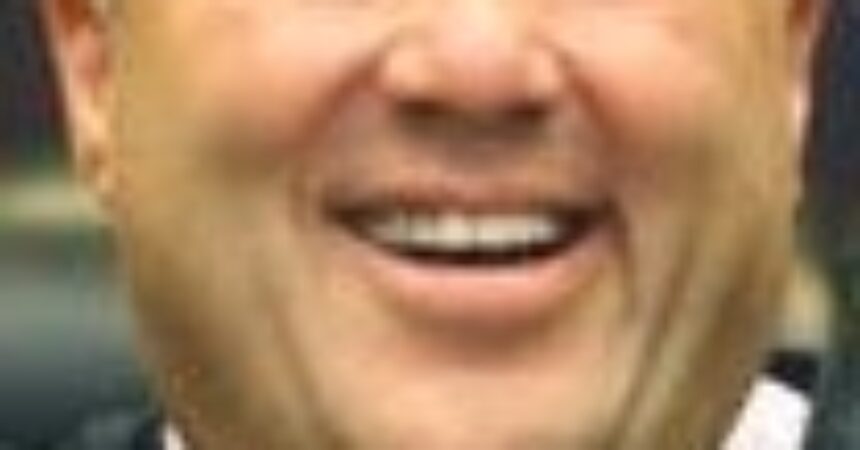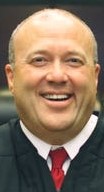
Ask Judge Smith
Considering Oswald’s motives, means

Judge J. Layne Smith revisits the case in John F. Kennedy’s assassination. Here is Part 3 of his series:
Let’s consider Lee Harvey Oswald’s motive, means, and opportunity.
An avowed Marxist, Oswald, admitted to his brother Robert that he hated the United States and hoped to see its capitalist government overthrown. Suffering from delusions of grandeur, he felt disrespected that no one was taking him seriously.
His motive for assassinating the President was to strike a blow for Marxism by killing the free world’s leader. Oswald had the means — his rifle and scope, and the opportunity arose when the President’s motorcade drove past his building. The notoriety he would gain by this action was the icing on the cake.
Now, let us return to Nov. 22, 1963. Oswald arrived on the job extra-early that morning. Even though he had plenty of work to do that day, he didn’t fill a single book order. Instead, Oswald secreted himself in a little-used storage area on the sixth floor of the building.
As noon approached, Oswald removed the wrapping paper from his concealed weapon under cover of privacy and then arranged a sniper’s nest in the southeast corner window. Selecting this location ensured the President’s limousine would be in his field of vision long enough to fire multiple shots.
When the noon hour approached, Oswald loaded the gun, braced himself, and aimed the rifle at the kill zone. He correctly anticipated the motorcade’s arrival based on the President’s published travel schedule and the assembled crowd’s reaction.
You will recall that Oswald was a marine sharpshooter. For him, shooting President Kennedy was an easy shot. The President’s limousine moved at a slow, steady speed traveling in a straight line. The scope he mounted on the rifle made his longest shot appear to be 25 yards away.
Forensic evidence conclusively tied Oswald to the sniper’s nest. He left palm prints and an index fingerprint on a box he used to brace his rifle. Oswald abandoned the gun near a sixth-floor exit. Investigators found his palm print, fibers from his shirt, and fibers from his blanket on the firearm. Learn more
A gunpowder residue test confirmed the gun’s recent use, and investigators found three spent shells on the floor of the sniper’s nest. Testing confirmed Oswald’s gun had fired these shells to the exclusion of all others.
The brown wrapping paper Oswald left at the crime scene measured three inches longer than his disassembled rifle. Law enforcement found no curtain rods, but they did find gun oil and Oswald’s finger and palm prints on the inside of the wrapping paper. Forensic evidence did not implicate anyone else.
Three co-employees watched the President’s motorcade from the fifth floor of the building, immediately below the sniper’s nest. They heard three rifle shots followed by three ejected shells spinning on the floor directly above them.
Afterward, Oswald fled the building. Everyone else remained on-site and cooperated with investigators.
Next, we will focus on Dealey Plaza.
The Honorable J. Layne Smith is a Circuit Judge and the author of “Civics, Law, and Justice—How We Became U.S.” Send your questions to askjudgesmith@gmail.com.







